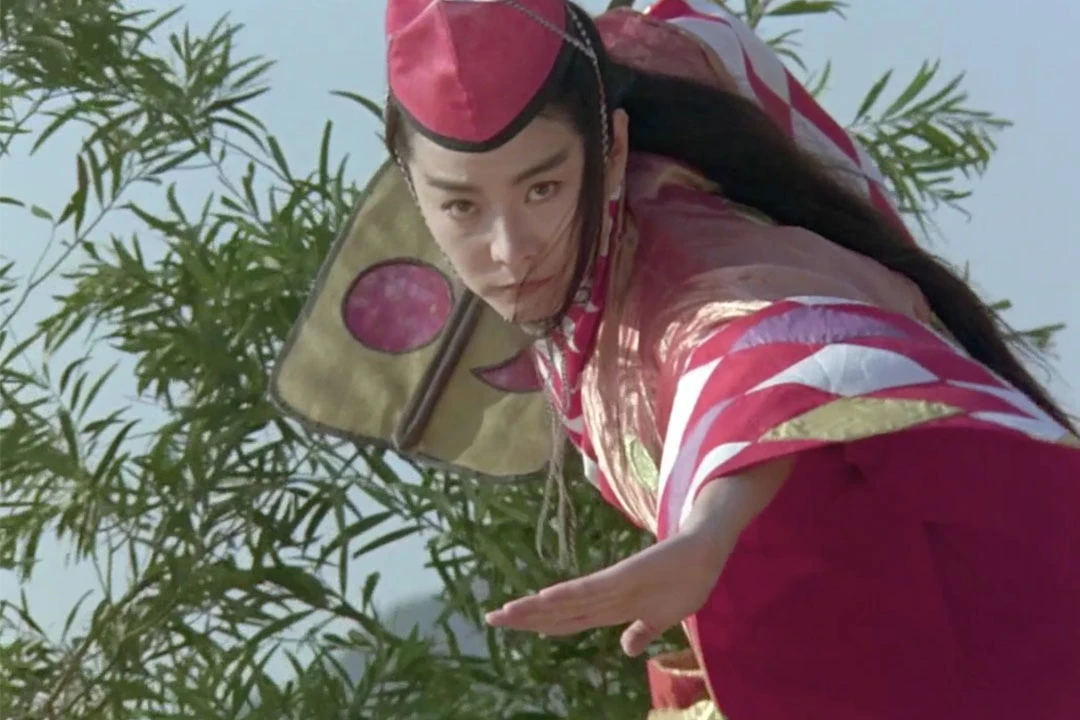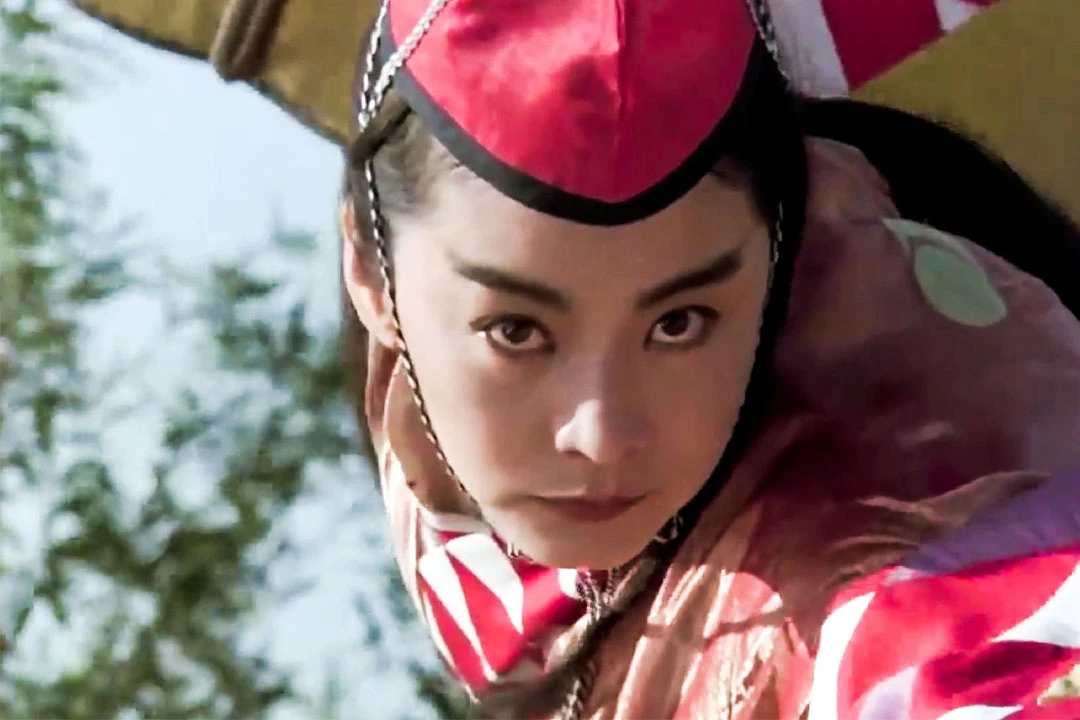In the vast landscape of Chinese commercial cinema, one genre stands out as a unique and iconic representation: wuxia films. As a distinctive film genre indigenous to China, wuxia movies have not only garnered immense popularity among Chinese audiences but have also enjoyed notable success in the international film market.
Since the 21st century, amid the comprehensive industrialization reform of the Chinese film industry, wuxia films, as one of the leading genres, have undergone significant developmental stages. From Zhang Yimou's "Hero," "House of Flying Daggers," and "Curse of the Golden Flower" trilogy to Ang Lee's "Crouching Tiger, Hidden Dragon," Mandarin-language wuxia films have garnered genuine recognition in the global cinematic landscape. However, influenced by various factors, wuxia cinema has gradually declined after years of development.
Currently, traditional wuxia films are facing dismal market performance, manifested by a decrease in film output and poor audience reception. Over the past decade, only twenty-four wuxia films have been released in the Chinese theatrical market. Moreover, the quality of these films is generally low, with most failing to meet the minimum standards for critical acclaim. They not only fail to satisfy loyal fans of wuxia cinema but also struggle to attract mainstream audiences to theaters.

This decline in the popularity and quality of traditional wuxia films can be attributed to several factors.
Firstly, changing audience preferences play a significant role. As Chinese society undergoes rapid modernization and globalization, the tastes and preferences of audiences have evolved. Today's viewers are exposed to a diverse range of cinematic experiences, including Hollywood blockbusters, international arthouse films, and online streaming content.
As a result, the traditional formulaic narratives and stylized martial arts choreography typical of wuxia films may no longer resonate with contemporary audiences who seek more nuanced storytelling and realistic action sequences.
Secondly, increased competition within the Chinese film industry has further marginalized wuxia cinema. With the rise of other popular genres such as romantic comedies, historical dramas, and science fiction epics, wuxia films face stiff competition for both box office revenue and critical acclaim. In this highly competitive landscape, wuxia films must innovate and adapt to stand out amidst the crowd, a challenge that many have struggled to overcome.
Moreover, the decline of traditional wuxia cinema is also reflective of broader changes within Chinese society and culture. As the country undergoes rapid urbanization and modernization, traditional cultural values and narratives may lose their relevance to contemporary audiences. The themes of honor, loyalty, and chivalry that are central to many wuxia stories may no longer resonate with younger generations who are more attuned to modern concerns such as individualism, social justice, and personal fulfillment.
However, despite these challenges, all hope is not lost for the future of wuxia cinema. In recent years, there have been signs of a potential revival of the genre, fueled by innovative filmmakers and fresh approaches to storytelling.
One promising trend is the emergence of modern wuxia films that blend traditional martial arts elements with contemporary themes and sensibilities. These films seek to appeal to a new generation of viewers by updating the genre for the 21st century while still paying homage to its rich heritage. By incorporating elements of fantasy, romance, and adventure into their narratives, these films offer a fresh take on the wuxia genre that is both relevant and engaging to modern audiences.
Another promising development is the growing popularity of wuxia-themed television dramas and online streaming series. With the rise of streaming platforms such as iQIYI, Tencent Video, and Youku, audiences now have access to a vast array of wuxia content that spans multiple episodes and seasons. These long-form narratives allow for greater character development, intricate plot twists, and immersive world-building, providing viewers with a more immersive and satisfying viewing experience than traditional standalone films.
Furthermore, the global success of recent wuxia-inspired video games, novels, and television adaptations indicates a growing international interest in the genre. As Chinese culture continues to gain prominence on the world stage, wuxia cinema has the potential to captivate audiences beyond China's borders, introducing viewers around the world to the rich tapestry of Chinese martial arts mythology and storytelling.
In conclusion, while traditional wuxia cinema may be facing challenges in the modern era, the genre remains a vibrant and enduring part of Chinese cultural heritage. By embracing innovation, adapting to changing audience preferences, and exploring new avenues of storytelling, wuxia filmmakers can ensure that the legacy of this iconic genre continues to thrive for generations to come.
Despite challenges, modern wuxia films blend tradition with innovation, offering hope for the genre's revival and continued global appeal.These films update martial arts narratives for contemporary audiences, embracing themes of fantasy, romance, and adventure while staying true to the genre's rich heritage. With the rise of streaming platforms and international interest, wuxia cinema has the potential to captivate audiences worldwide, ensuring its enduring legacy in the global cinematic landscape.


